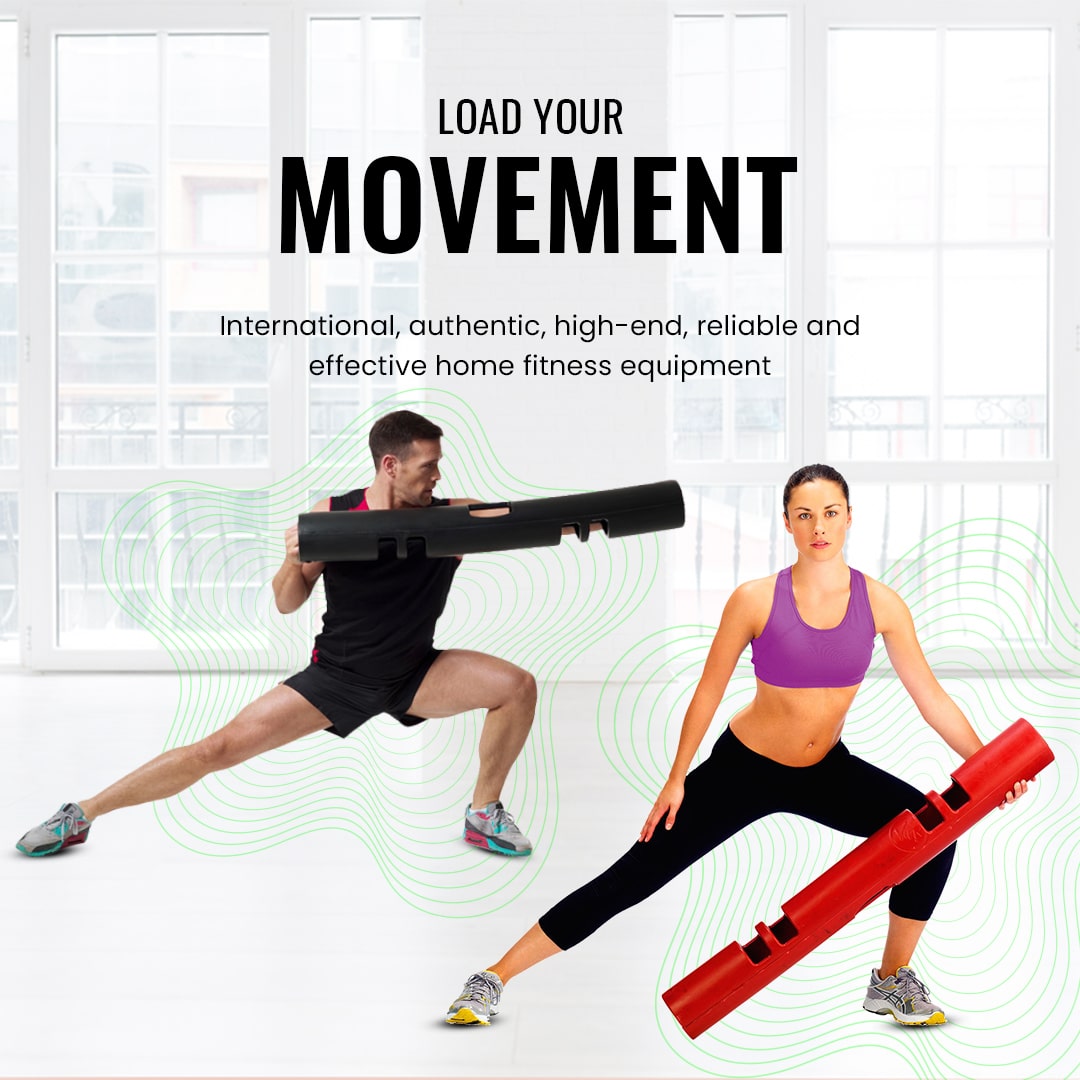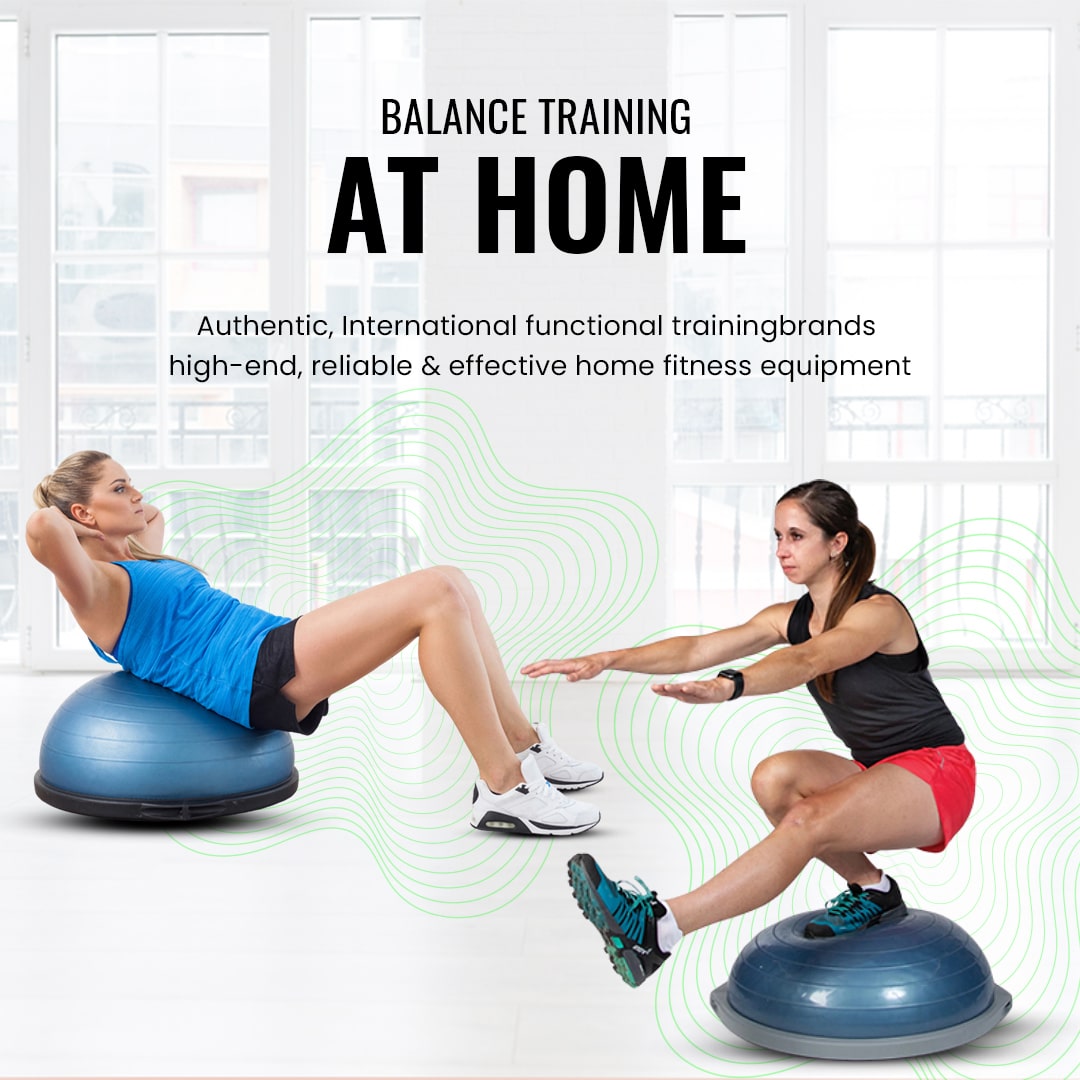.jpg)
Functional Training: The Key to a Stronger, Fitter You!
Why Functional Training?
Functional Training is the new buzzword in the world of fitness. From major gym chains to the low-cost local basement studio, everyone is marketing new fitness regimens based on functional training.
What is functional training and what are its benefits?
As the name suggests, functional training is training based on day-to-day real-life functions. It includes movements that mimic day-to-day activities. This includes activities like pushing, pulling, carrying objects, twisting and turning under load, and just about any type of movement you can encounter in your daily life. When you train to be better at these movements, it directly enhances your capabilities in real life and hence helps prevent injuries while doing so.
So functional training is beneficial when it comes to changing a flat tyre on your car or carrying oddly shaped grocery bags in one arm and your toddler in the other arm.
Who needs to do functional training?
Everyone. Functional training is something that every individual can indulge in to improve their day-to-day work.
Which exercises are included in functional training?
There are thousands of exercises that qualify to be called functional training exercises. However, to make things easy to understand, you can check 2 things to find out if a certain movement can be called functional training:
- Does it involve multiple joints and muscle groups? For example, making alternating single-arm waves with a battling rope
- Does it involve moving in multiple plains of motion? For example, the legs are going forward / backward and the torso & shoulders are rotating on either side, like in a squat and wall ball throw to the side.
If the answer to either of the questions is yes, it can be called functional training exercises.
Which exercises are not functional training?
Any isolation exercise that focuses on making one muscle or muscle group work while the rest of the body is locked in, is a non-functional exercise. For example - barbell curls for the bicep or pec deck chest fly on a cable machine.
The purpose of most of these exercises is to strengthen and shape a particular muscle. Hence, these are very popular in bodybuilding.
Though these isolation exercises have traditionally been popular in the gym culture, increasingly people are dedicating more training time to functional movements, since their goals are more in tune with fitness rather than bodybuilding.
What are the tools of functional training?
The first and foremost tool for any kind of training, including functional, is your own body. Whole body movements, involving multiple plains of motion and multiple joints and muscle groups form the basis of functional fitness. The kind of free-body work army cadets and martial artists have been doing for ages is a great example of the same.
Other Tools - Many experts and brands around the world have created solutions to bring functional training to the masses through interesting innovations. TRX is one of the pioneers of this industry. Following are a few tools that can add effects to your functional training exercises or program:
- TRX Suspension Trainer
- BOSU Balance Trainer
- Kettlebells
- ViPR
- Battling Ropes
- Medicine balls
- Strength Bands
- Indian Clubs
- Resistance Tubes
- Flipping Tires







